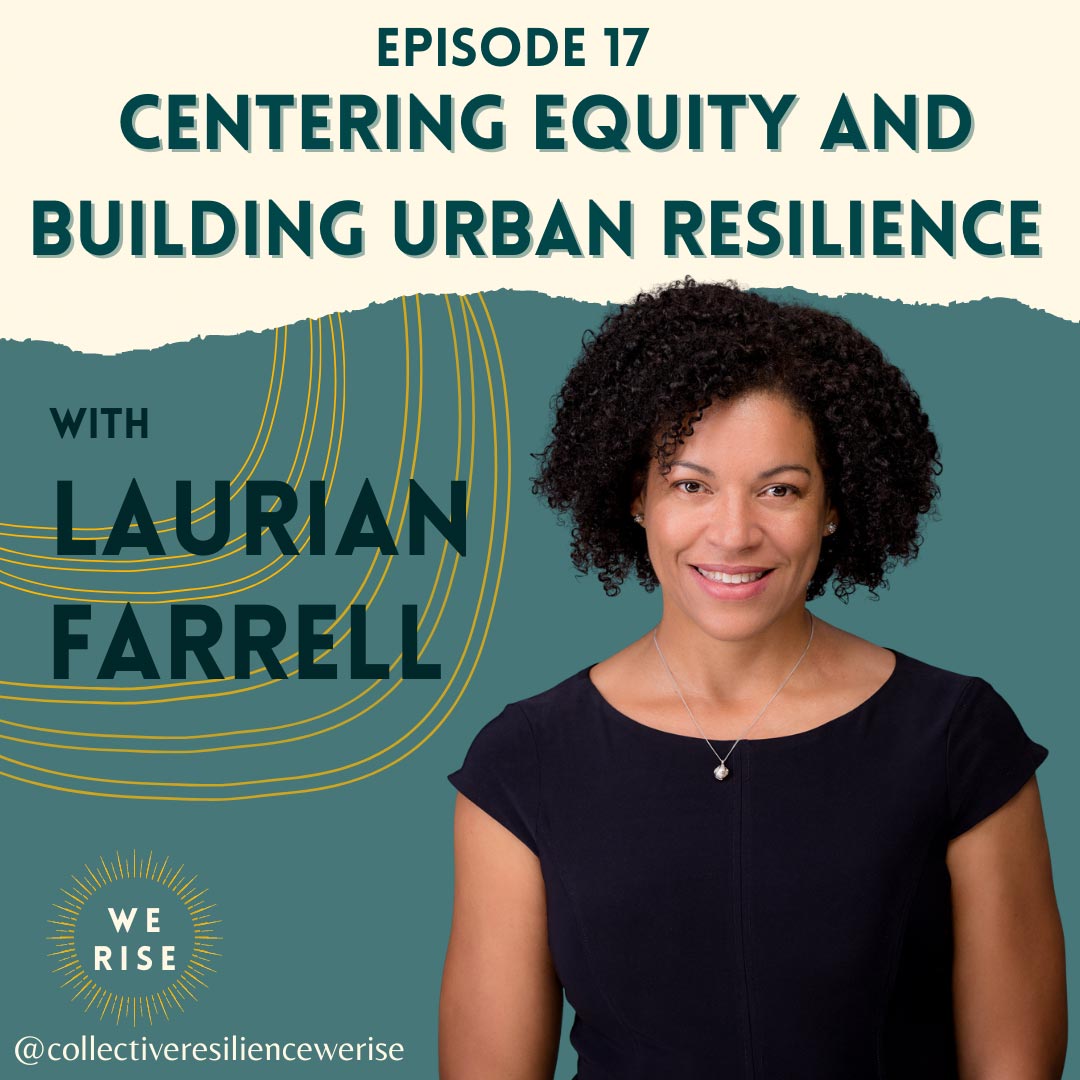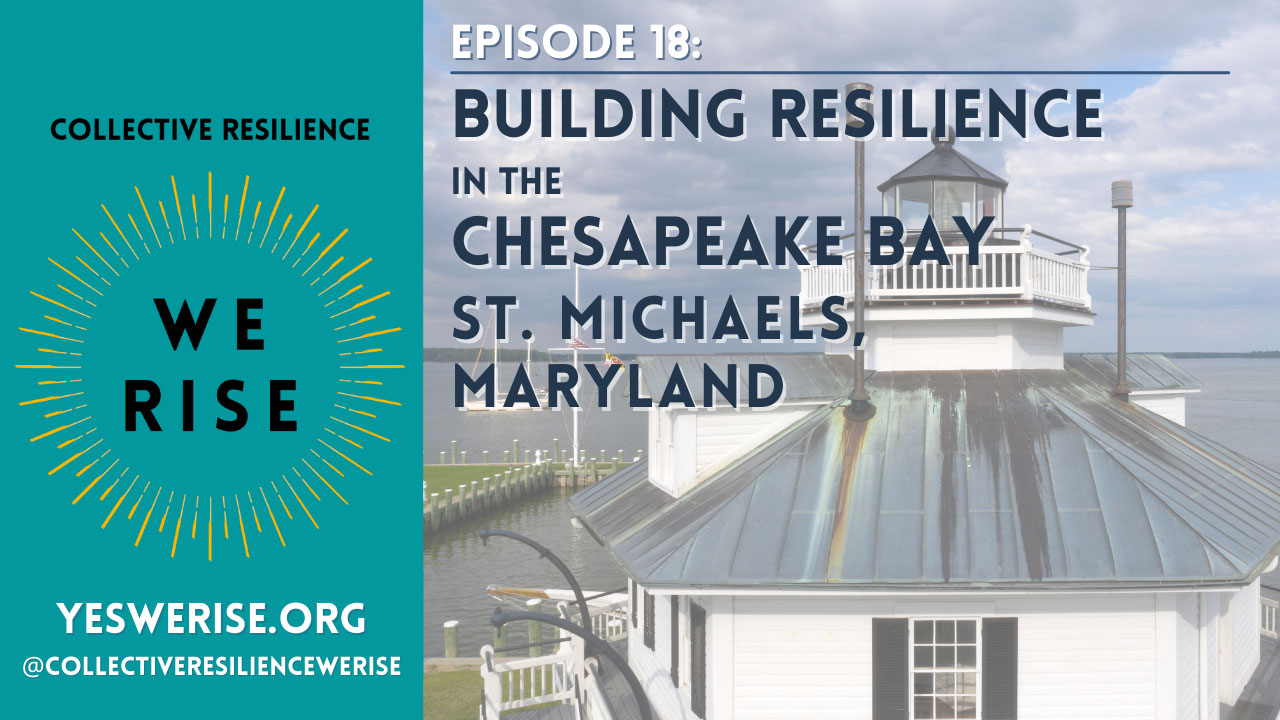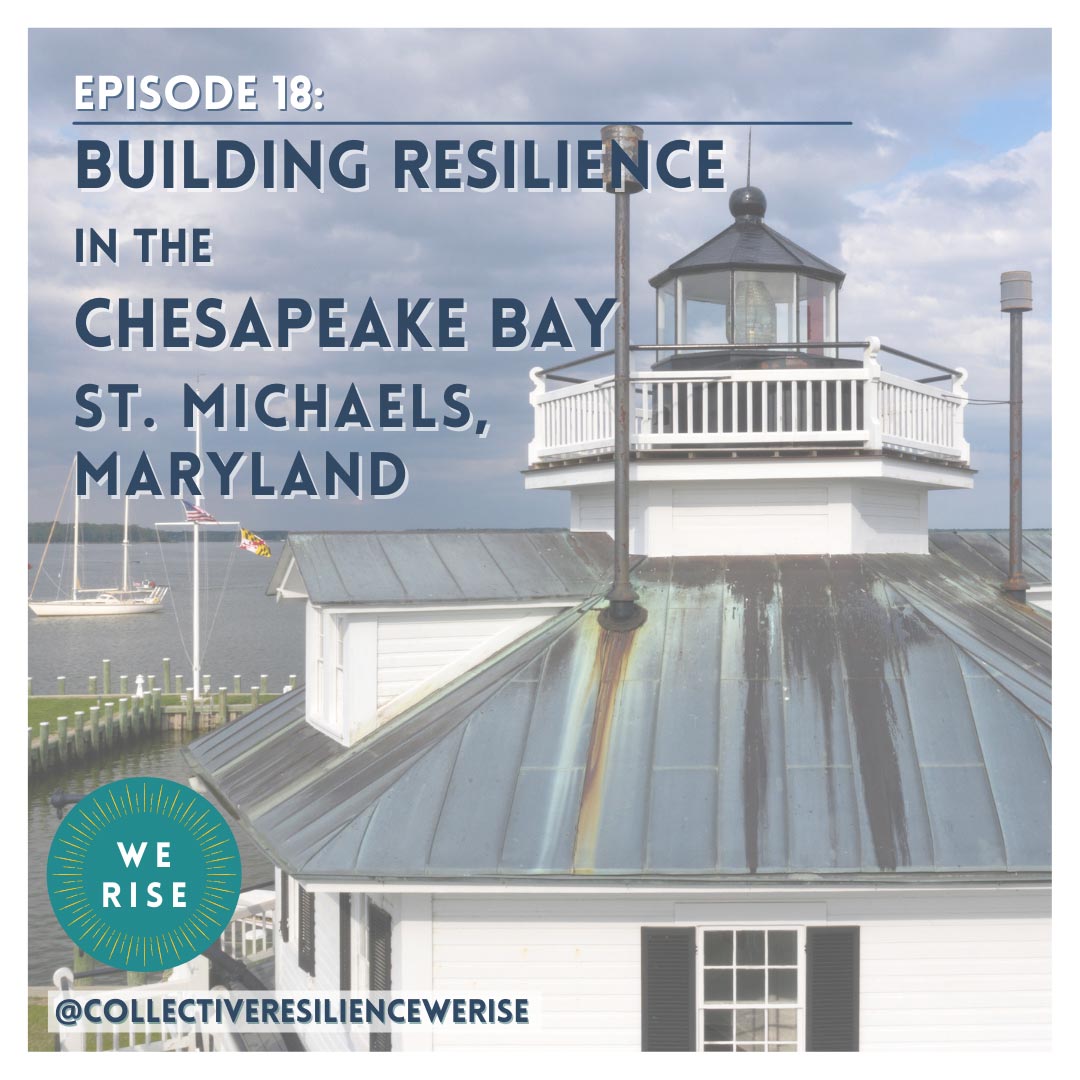
Episode 18:
Building Resilience in the Chesapeake Bay – St. Michaels, Maryland
Episode 18 Description
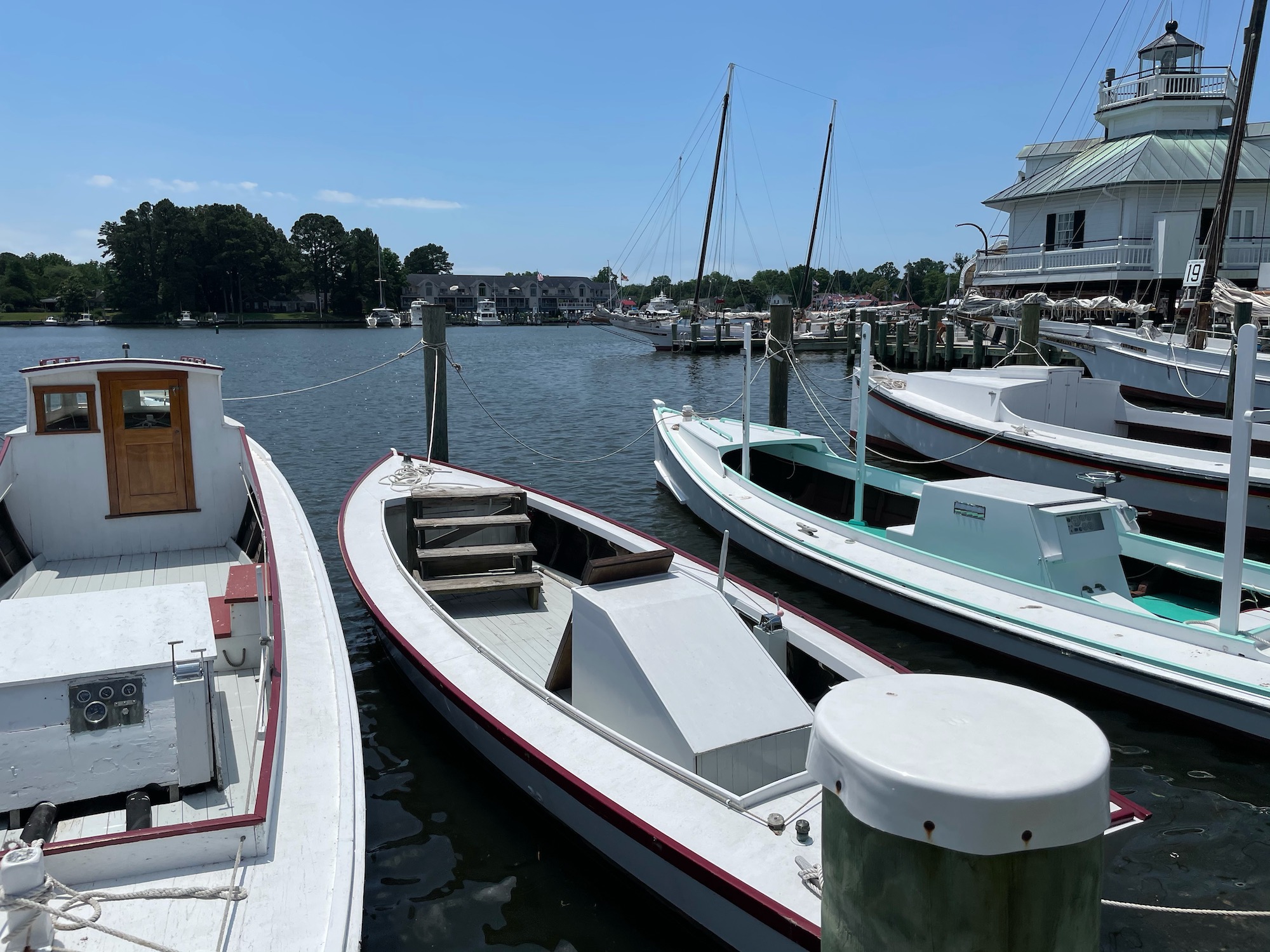
Welcome back to the We Rise Podcast. Today, Christine explores resilience in the Chesapeake Bay with a focus on St. Michaels, Maryland. Sharing from personal experience, Christine talks about the high level view of the gorgeous Chesapeake Bay, focusing specifically on the Bay health. Discover the beautiful Chesapeake Bay Maritime Museum, and hear how St. Michaels, Maryland is creating economic and coastal resilience. Enjoy!
Download the show Notes
find us on youtube
Key takeaways
From past to future, an overview of The Chesapeake Bay
Christine and her family have spent a fair amount of time in and around the Chesapeake Bay, exploring the tidal rivers, creeks, and criss-crossing the Bay on their 54 year old sailboat. They’ve grown to love the Bay and the people, plants, and animals that inhabit the waters.
The Bay was originally inhabited by Native American tribes; however, through European settlement, many were killed, forced to relocate, or died of disease. Today tens of thousands of people who identify as Native American are living in the Chesapeake Bay region.
The Chesapeake Bay covers roughly 64,000 square miles and includes over 50 major rivers and streams. Eighteen million people and over 3,600 plants and animals inhabit the watershed. It is actually the largest estuary in the United States!
In the midst of this, the Bay is also at high risk for rising sea levels. Water quality challenges in the Bay include nitrogen and phosphorus nutrient loading, a large dead zone, which is an area with little to no oxygen in the water, sediment runoff and a lack of water clarity.
Thankfully, there are several incredible organizations and businesses working to improve these conditions. The Chesapeake Bay Foundation predicts, if fully implemented, the Chesapeake Clean Water Blueprint will make sure that pollution reductions in the Chesapeake Bay will lead to fishable, swimmable waters, by 2025.
Resilience in St. Michael, Maryland
Located on Maryland’s eastern shore of the Delmarva Peninsula, the town of St. Michaels is a beautiful Chesapeake Bay coastal town, with only about 1,000 full time residents.
Dating back to the 1600’s, St. Michaels was home to the Choptank people who fished, hunted, and farmed. The region also served as a trading post for tobacco farmers and trappers.
As the town evolved it became known for shipbuilding, and then in the 19th century St. Michaels was revived, developing a prominent oyster industry.
At just 10 feet above sea level, the waterfront town is one of the most vulnerable regions in the country. Hoping to make change, St. Michaels established a Climate Change and Sea Level Rise Commission to improve the town’s resiliency measures.
They received a grant through the state of Maryland’s Community Resilience Program in 2018, which was used to conduct an analysis of the St. Michael’s harbour and stormwater infrastructure. Through the study, citizens were able to share their own experiences and how they’ve been affected by flooding.
The study is considered the first phase in a multi-year initiative by the town of St. Michaels to prepare for the impact of the rising sea level.
Caring for the environment while evolving as a community
Running through the center of town and along the water’s edge is The Chesapeake Bay Maritime Museum. This 18 acre space with twelve buildings and a boat yard is a wonderful example of how St. Michaels is honoring their history while supporting the town’s tourism base.
With an active dock, the Maritime Museum is also the site of a living shoreline preventing erosion and creating a beautiful place where plants and animals can thrive.
Living shorelines are a proven natural approach to protect against erosion. They also create habitats for birds, blue crabs, fish and nesting turtles. Native Bay grasses, plants, shrubs, and trees are often planted with a protective structure to protect vegetation and soils.
As sea levels rise and industries shift, St. Michaels is actively exploring additional economic options. Fueled by heritage and nature based tourism opportunities they are open to enhancing remote work options, medical facilities and home-based industries.
Just as they do with the Maritime Museum, St. Michaels continues to evolve with a focus on nature, the beautiful harbour, and the towns’ economy. All of this is done while actively preparing for the impact of climate change on rising sea levels.
This small town is a wonderful example of both economic and environmental resilience.
notable quote from Christine
“St. Michaels provides an example of how many other Bay communities could consider transitioning their economies and prepare for sea level rise through engaging community members, supporting the community’s history and also proactively planning for a changing future.”
References
[1] https://www.cbf.org/blogs/save-the-bay/2020/10/the-original-inhabitants-of-our-land.html
[2] Chesapeake Bay Foundation, https://www.cbf.org/
[3] Accomack-Northampton Planning District Commission http://a-npdc.org/accomack-northampton-planning-district-commission/about-us/
[4] Forbes: St. Michaels Is The East Coast Weekend Getaway You’ve Been Missing
[5] St Michaels MD.org: Chesapeake Bay Maritime museum
[6] St Michaels MD.org: St. Michaels history
[7] The Washington Post: Lost Tribes of the Eastern Shore
[8] Choptank People: Wikipedia
[9] Town of St.Michaels, MD: Harbor And Stormwater Infrastructure Study
[10] St Michaels MD.com: St. Michaels history
[11] Delmarvanow.com: Sea level rise projections dire: ‘We’re on the worst-case pathway’
[12] St. Michaels MD: Climate Change/Sea Level Rise Commission
[13] Chesapeake Living: St. Michaels – A Beautiful Blend of History, Boutiques & Great Outdoors
[14] Chesapeake Bay Maritime Museum: Permanent Exhibitions
[15] Chapter 7: Economic Development, page 2: Comprehensive Plan
Links/resources mentioned
Discover more about The Chesapeake Bay.
Learn more about the Chesapeake Bay Foundation and the Chesapeake Clean Water Blueprint, as well as Maryland’s Community Resilience Program.
Discover more about the town of St. Michaels, Maryland and The Chesapeake Bay Maritime Museum.
Learn about the Living Shoreline Collaborative facilitated by Dialogue and Design Associates in Virginia.
The Yes! We Rise podcast is produced by Dialogue + Design Associates, Podcasting For Creatives, with music by Drishti Beats.
Follow Yes! We Rise on Facebook and Instagram.
Please rate, review, and subscribe to the podcast so we can continue spreading our message far and wide. Find our email list at the website: www.yeswerise.org. Thanks for listening.
Don’t miss an episode — follow us on Spotify and subscribe via Apple Podcasts, Stitcher, Google Play, or Amazon Music and please leave us a review wherever you listen.
Jump to:
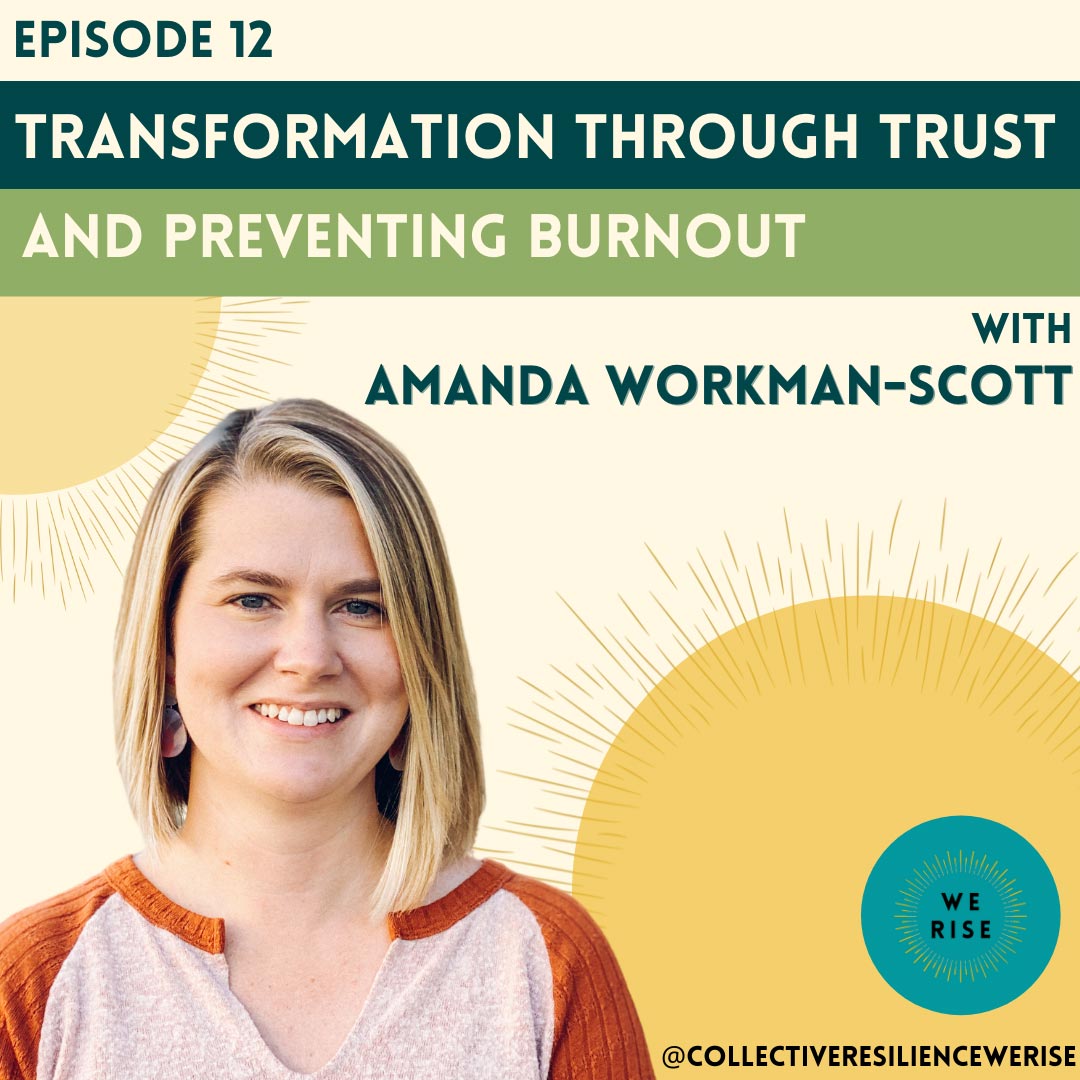
Episode 12
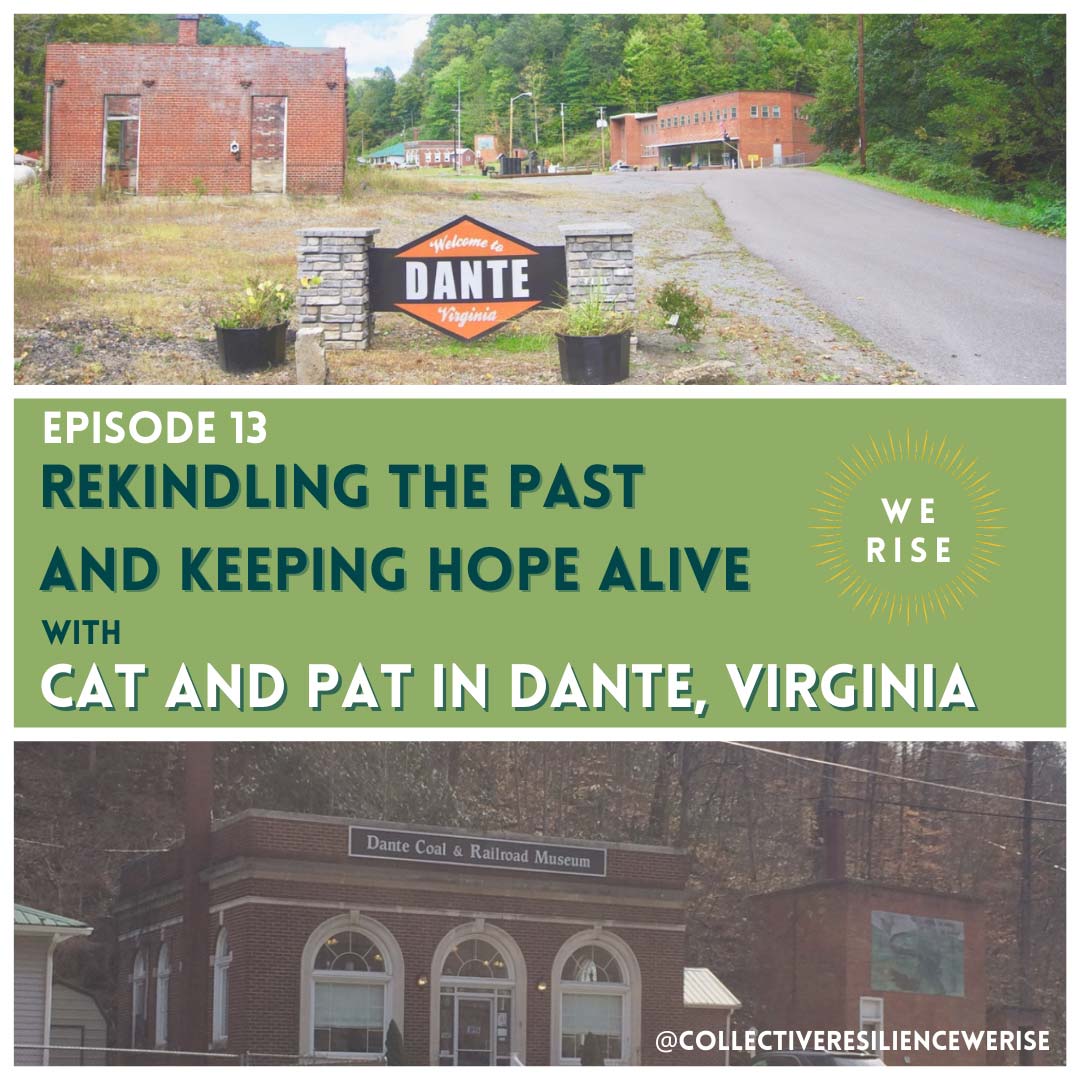
Episode 13
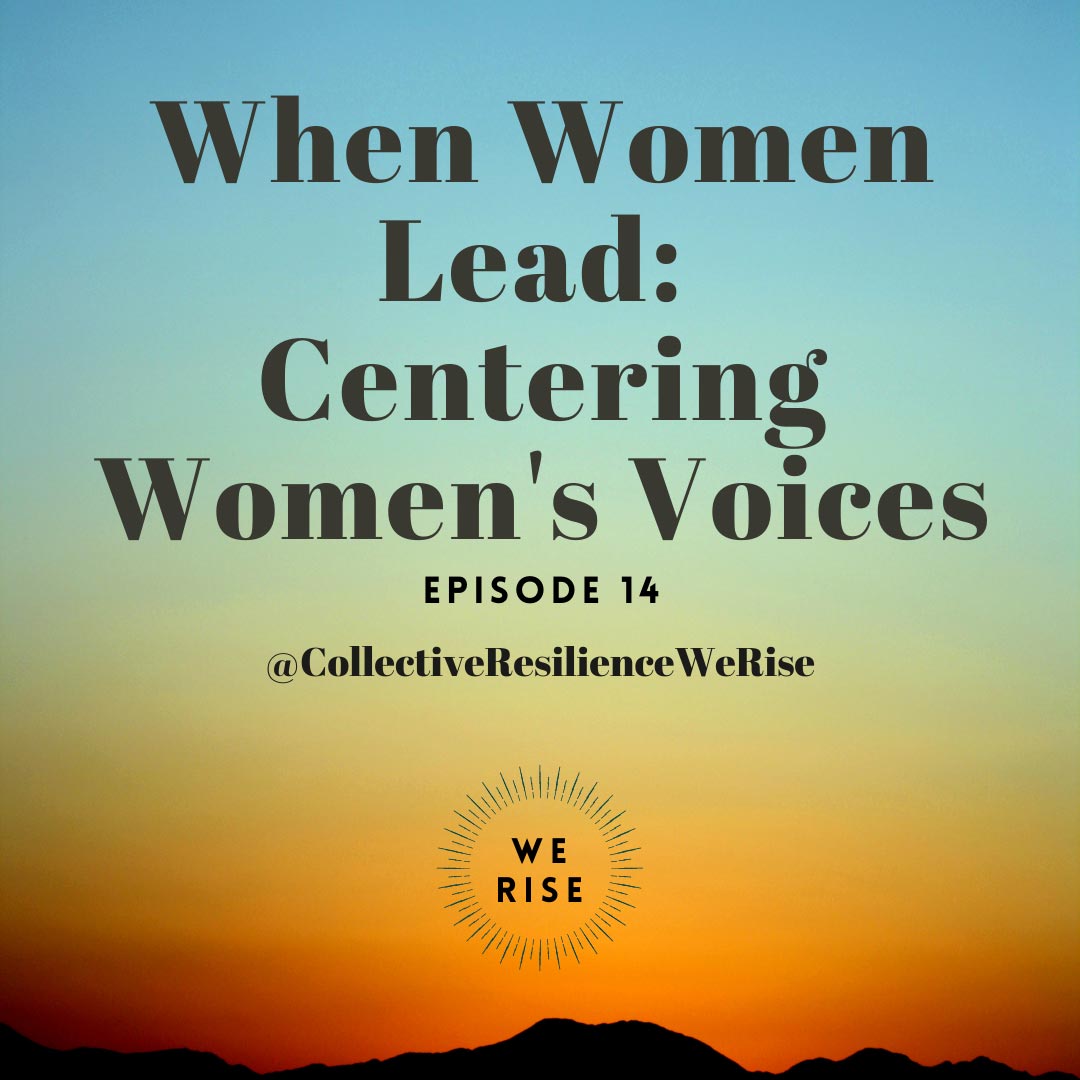
Episode 14
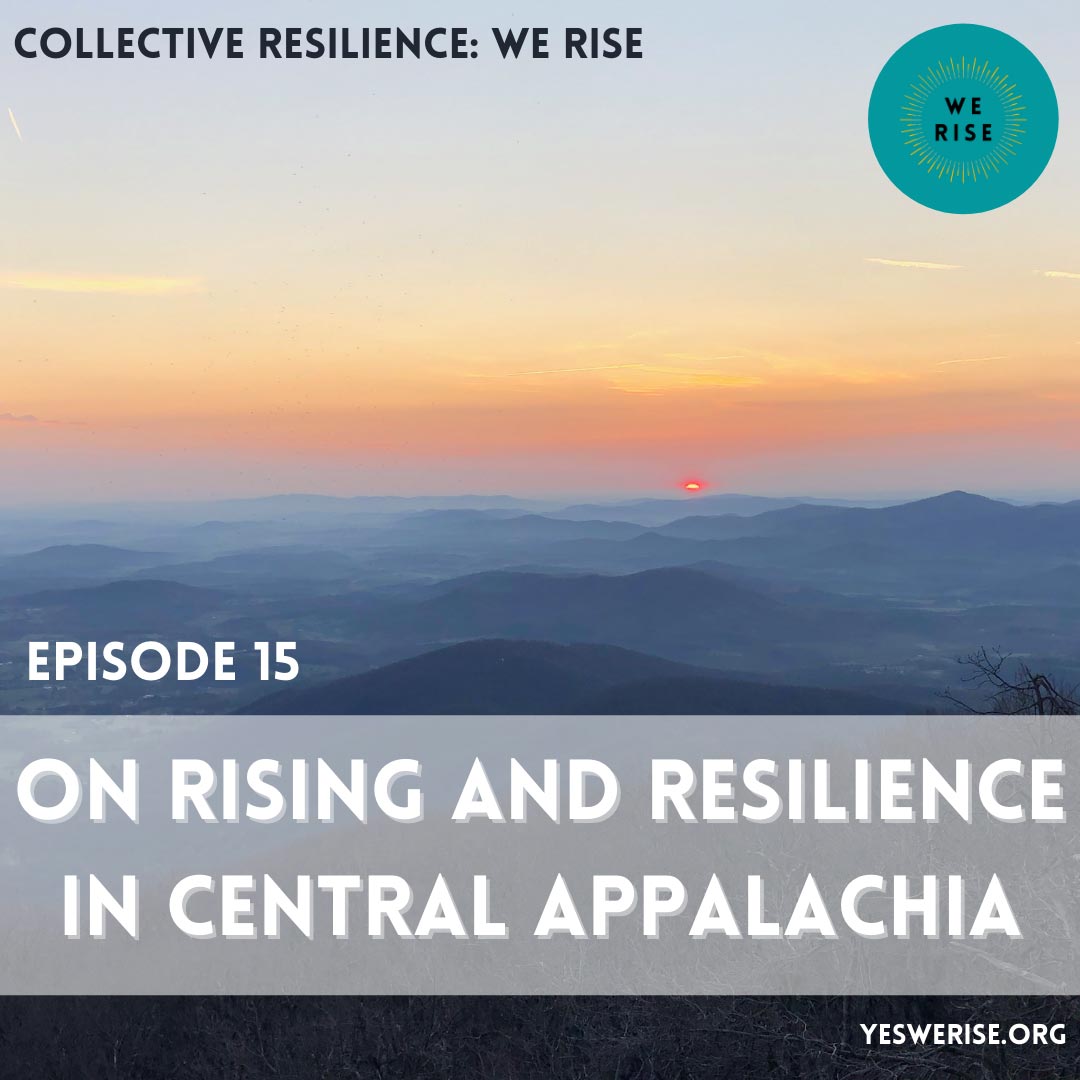
Episode 15
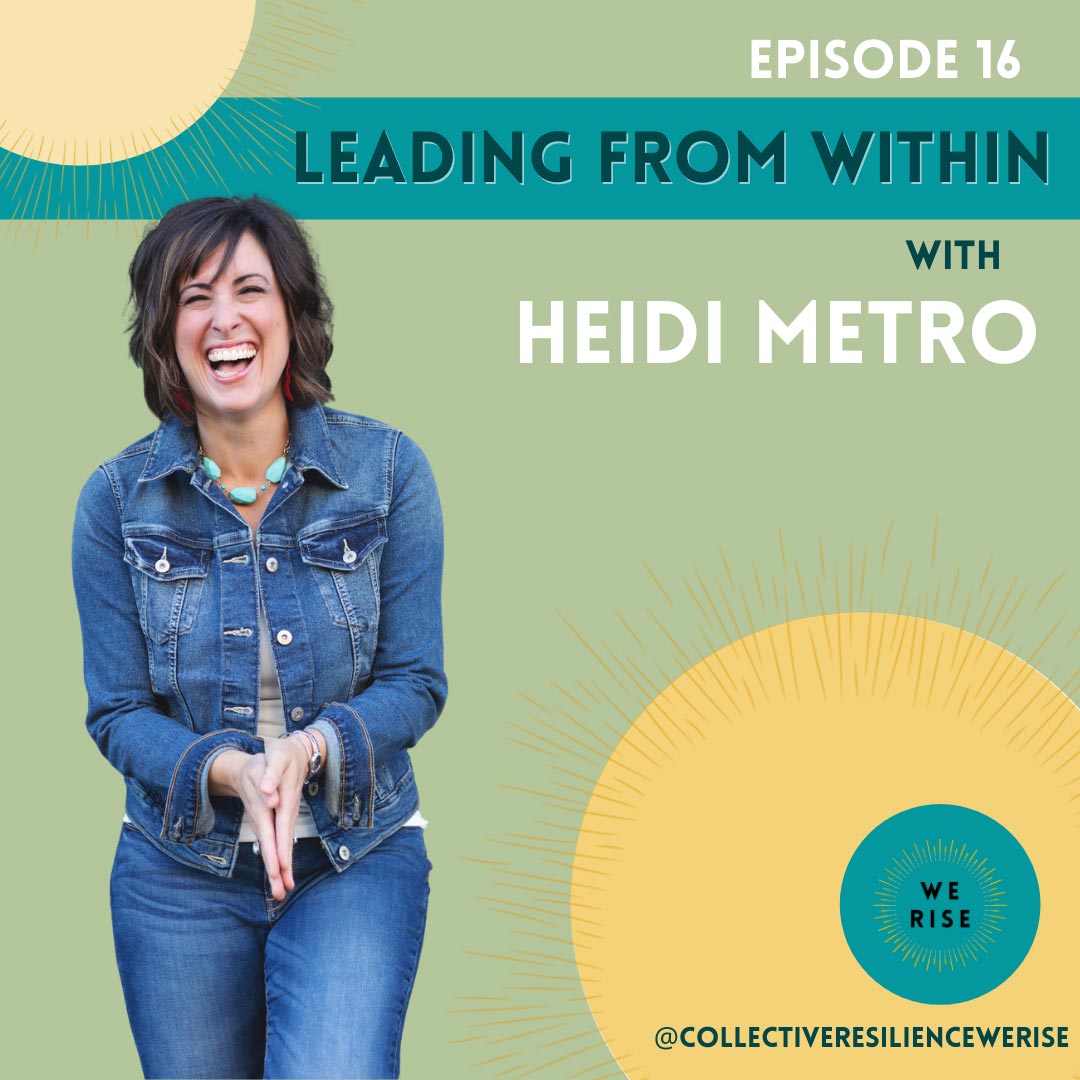
Episode 16
